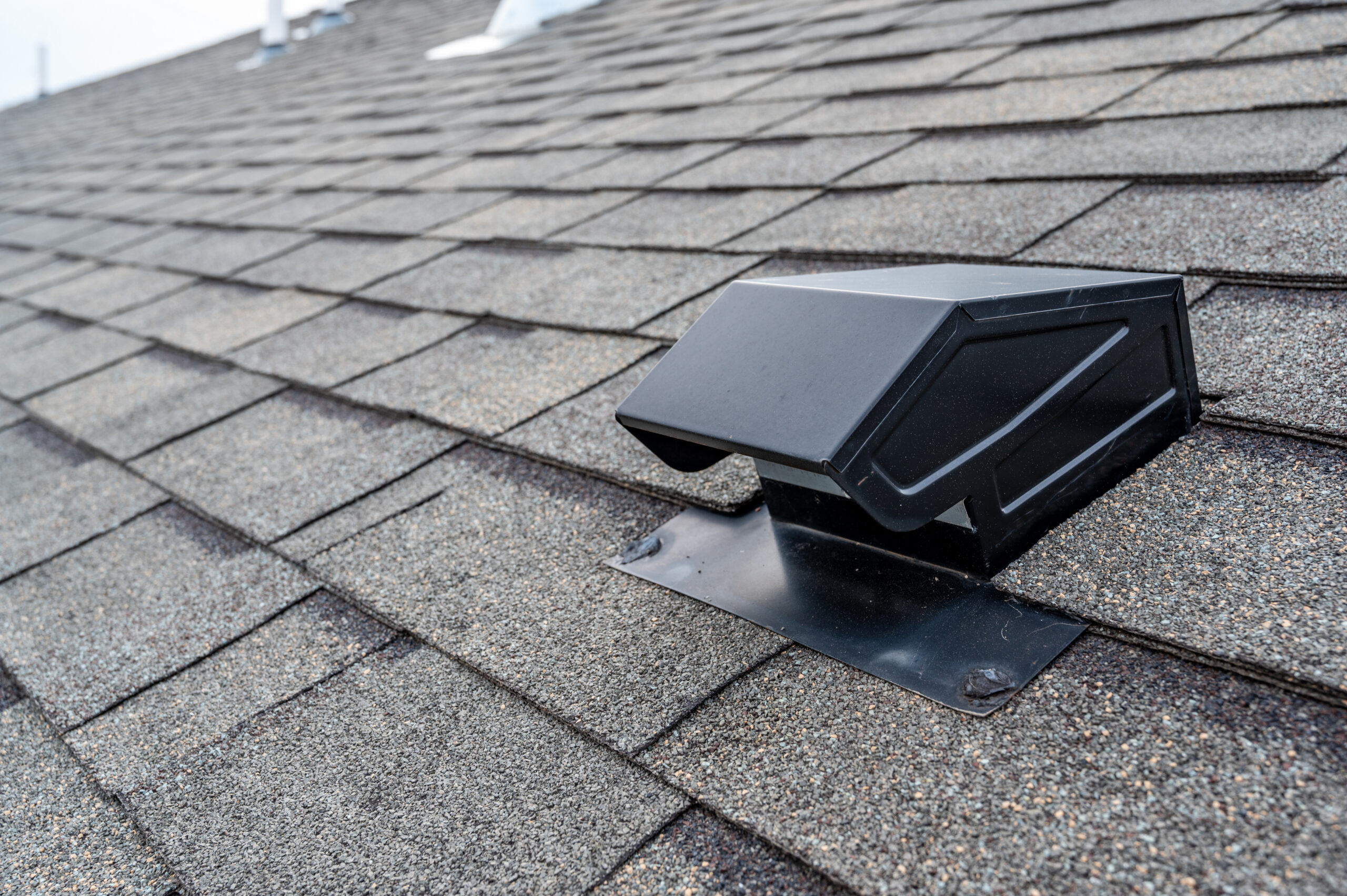- Home
- Services
Residential Services
Commercial Services
Additional Services
- Areas We Serve
- Financing
- Resources
- About us
- Contact Us
Setting the Standard in AZ Roofing Since 1993
A well-built roof does more than keep rain and sun out of your home. The space beneath it, your attic or roof cavity, needs proper airflow to keep the structure healthy. Ventilation is one of the most overlooked aspects of roof maintenance, yet it plays a critical role in the long-term performance of your entire roofing system.

For homeowners in Phoenix, Tucson, and surrounding areas, roof ventilation is especially important. With scorching desert summers, sudden monsoon storms, and temperature swings, poorly ventilated roofs face faster wear and tear. Without balanced airflow, problems like heat buildup, mold growth, and premature roof failure can sneak up on you.
In this guide, we’ll break down why ventilation matters, what happens when it’s neglected, and how proactive maintenance ensures your roof protects your home for decades.
Roof ventilation allows air to move in and out of your attic or roof space. A balanced system usually combines intake vents (along eaves or soffits) with exhaust vents (at the ridge or gables). Together, they create airflow that removes excess heat and moisture.
For Arizona homes, this airflow has three main benefits:
Neglecting roof ventilation may not show immediate problems, but over time, the effects can be damaging and costly to fix.
Arizona attics can reach 140°F or higher in summer without ventilation. This extreme heat bakes shingles or tiles from below, causing them to warp, crack, or lose their protective coating faster than expected.
Moisture trapped in poorly ventilated attics can’t escape. It soaks insulation, weakens wood decking, and creates the perfect environment for mold and mildew. Left unchecked, this can spread to living areas and affect indoor air quality.
Without ventilation, trapped attic heat radiates into your home, forcing air conditioners to work harder. This not only raises energy costs but also shortens the lifespan of your cooling system.
Over time, hot and humid conditions weaken roof decking and rafters, reducing the strength of your roof’s support system. This can shorten the overall lifespan of the entire roof.
While rare in Phoenix and Tucson, an occasional winter cold combined with poor ventilation can lead to uneven roof temperatures. This causes ice to melt and refreeze, damaging roof edges.
Most homeowners don’t spend much time in the attic, so ventilation problems can go unnoticed. Watch for these signs that airflow isn’t balanced:
If you see one or more of these red flags, it’s time to have your roof inspected.
Roof maintenance isn’t just about patching leaks or replacing damaged shingles. Ventilation plays a key role in keeping maintenance needs predictable and manageable.
In short, a well-ventilated roof supports every other part of your roof’s maintenance plan.
Homes in Phoenix and Tucson use a variety of ventilation systems. The right choice depends on roof type, design, and size.
Each system has its advantages, and many homes benefit from combining intake and exhaust vents to create balanced airflow.
Homeowners in Phoenix, Tucson, and nearby areas often experience roof damage tied to poor ventilation. Lyons Roofing addresses:
By correcting ventilation issues, we help protect your home and extend the life of your roof.
Protect your roof and home with proper ventilation. Call Lyons Roofing today at (520) 442-1121 for expert roof maintenance in Phoenix and Tucson.